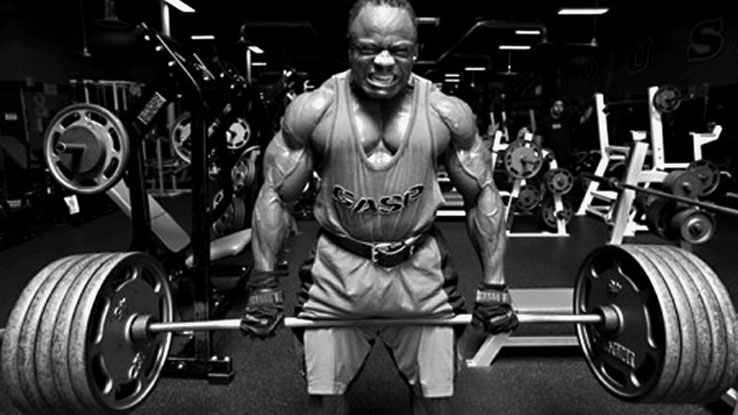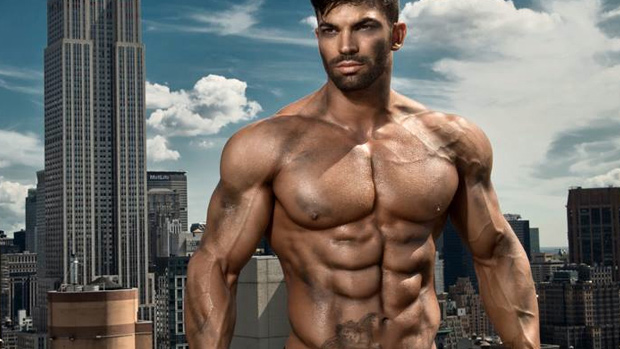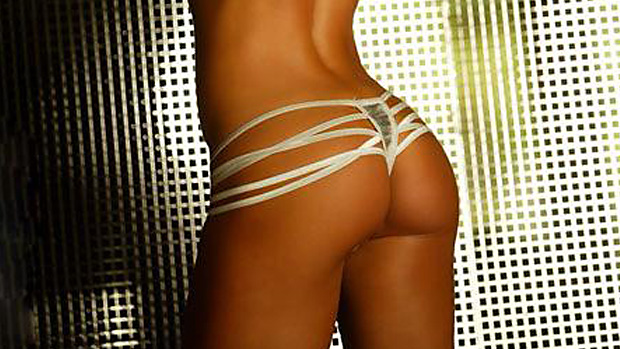Here's what you need to know...
- Learning technique is crucial, but overanalyzing can stall progress.
- To achieve mastery, practice the basic lifts until you can perform them perfectly without hearing the Nagging Voice.
- For the squat, concentrate on stance and mobility work.
- For the bench press, focus on a strong liftoff and "squatting the weight."
- For the deadlift, hold your air and get aggressive.
- For the overhead press, squeeze the glutes and nail bar position.
When I first started lifting weights, I squatted, pressed, and pulled. I did these lifts with very little thought – I just muscled the weights up in an all-out effort to break every world record in less than two years.
I didn't think about my stance or my grip or where my shoulders were when I bench pressed. I didn't think about anything. I just squeezed really hard and pushed and pulled as fast as I could. This was training built on youthful aggression and raging hormones.
This lasted for about 7 years. Then I got my head all fucked up.
No, it wasn't a girl, car accident, or repeated blows to the head from ill-tempered linebackers.
I started reading.
And the words I read made me examine every aspect of my lifting – how many reps I did per workout (and per week and per month and per year), food, pre-workout food, post-workout food, thumb position, hip extension, triple extension (really), what shoes I wore – the list was endless.
Apparently, I hadn't given any of these pressing issues enough thought due to me wasting time in the weight room and competing. But suddenly, I had a million things to remember when I wrote a workout. And when I squatted? Hell, the checklist before I got under the bar was worthy of a Power Point presentation.
I could barely make it to the bottom of the lift before the Nagging Voice reminded me that my adductors weren't being properly stimulated.
Somewhere on this trip I forgot two things: the joy of training and just letting go.
Full Circle
As I write this article, there's quite the heated debate about speed work. People are taking sides, making stands, and putting on their virtual gun belts behind their virtual turrets. Shit is going to get ugly.
Where do I stand? Well, a couple of months ago, I got wrapped up in the small aspects of lifting. I reexamined all my lifts and my technique. This was a good thing as I had to be honest with myself and do some self-analysis.
While sorting through all my lifts, the pros and the cons, I came back to the place I was when I first began training. The term "full circle" is overused in the training world but this is the best way to describe it. And if you stay in the game long enough, you end up coming full circle many, many times.
When you talk to someone who's a master of his craft, he's always most successful when he performs without thought. He's practiced and practiced so many times that he no longer thinks, he just does. Lifting is no different. You get under the bar and just go.
This was my goal – to get back to being able to train without much thought.
Squat

Like most of you, I'd played with bar position and stance for quite awhile. What ended up happening was that I was so concerned with every last body position during every part of my squat, that I no longer could grind out a set with reckless abandon. Because of this, my speed and explosion out of the hole suffered.
The two things I changed were:
- Stance. I moved my stance in quite a bit. First, this allowed me to bounce harder out of the hole. I could be very aggressive on my descent. Second, it allowed me to reach depth easier. Third, when combined with a low-bar style, I could use my back muscles when squats became harder. When you have a strong back, you can muscle out of just about anything. Fourth, it eliminated the stress on my knees. Years of wide-stance squatting has brought a reign of terror down on my knees and IT bands.
- Mobility work. This was easy to do. I rededicated myself to several daily sessions of hurdle "over/under" work and the Defranco Agile 8. No longer do my warm-up sets feel like my hips, knees, and ankles are going to break. Every squat feels explosive because my body position is perfect.
When I squat now, I don't think about anything besides holding my air and exploding out of the bottom. This is the way it should be.
Bench Press

The bench press is my weakest lift. It always has been and I'm afraid I'll be forever doomed to walk the planet with a chicken chest. But that doesn't mean I give up on it and do "weighted dips" because I suck at supine pressing. That's a loser attitude.
The bench press is really a simple lift – you lie on a bench and press a barbell. Not exactly quantum physics. The over-analysis of elbow tuck, wrist/elbow position, proper grip, back arch – all of that stuff got thrown out in favor of these two things:
- Take the bar off strong and aggressively. This assures that I don't start the lift with the barbell feeling heavy. I never use a lift-off when I bench press so I've had to learn how important it is to spread the weight out over my entire upper body, not just my arms. Put the weight where it's strongest – your upper back, chest, and shoulders. Let the bigger, wider muscles carry the load. I grip the bar tight as hell and take the bar off like I own it.
- Squat the weight. This is a term I use to describe leg drive. Once the bar touches my chest and I pause, I drive the weight up with my entire body, including my legs. Nothing could be easier.
Deadlift

Of all the lifts, this one was the easiest to fix, but it took the longest to figure out. Reading articles and books on deadlifting can confuse the hell out of you. Where to put your feet, your shoulders, upper and lower back, round back/arch back – all of these things can help you, or they can put a damper on the most Neanderthal lift of them all.
When my oldest son first saw me deadlift, he summed it up best: "You mean you just pick the barbell up?" While that should have been my eureka moment, it wasn't.
The simple fix I made to the deadlift is to just be aggressive and pull like your life depends on it. I know you wish I had some magic geometric equation of your shoulder position and hip position as it relates to the humidity, but I don't.
Stare at the barbell, hate the goddamn thing, approach the bar, hold your air, and pull.
Overhead Press
While not a favorite lift amongst the gurus, I think this lift is my second favorite, next to the squat. Because of its exclusion from the Olympic games and general disdain it's received in the training world, there haven't been endless articles and analyses about pushing a barbell over your head. Consider it a gift.
The two things I remind myself when pressing are:
- Squeeze the ass. This ensures my whole body remains tight. There's a reason why the term "tight asses" refers to tense people. When my ass is squeezed, I hold my air and my abs/low back are ready to brace for the press.
- Hold the bar in your lats, chest, and upper back. This is similar to the bench press and allows you to set yourself up for a good bar path and mental success (i.e., the weight will feel lighter).
Simple Strength
Lifting has come full circle. Gone are the mantras of "knees out, chest up, heels down, chin down, eyes straight, elbows in, elbows out, shoulders back, ass down." I now have a simple three-word mantra before every lift - Strong And Fast.
Get your technique down so that you no longer have to be a slave to thought. Be a master of success, not a struggling student.




